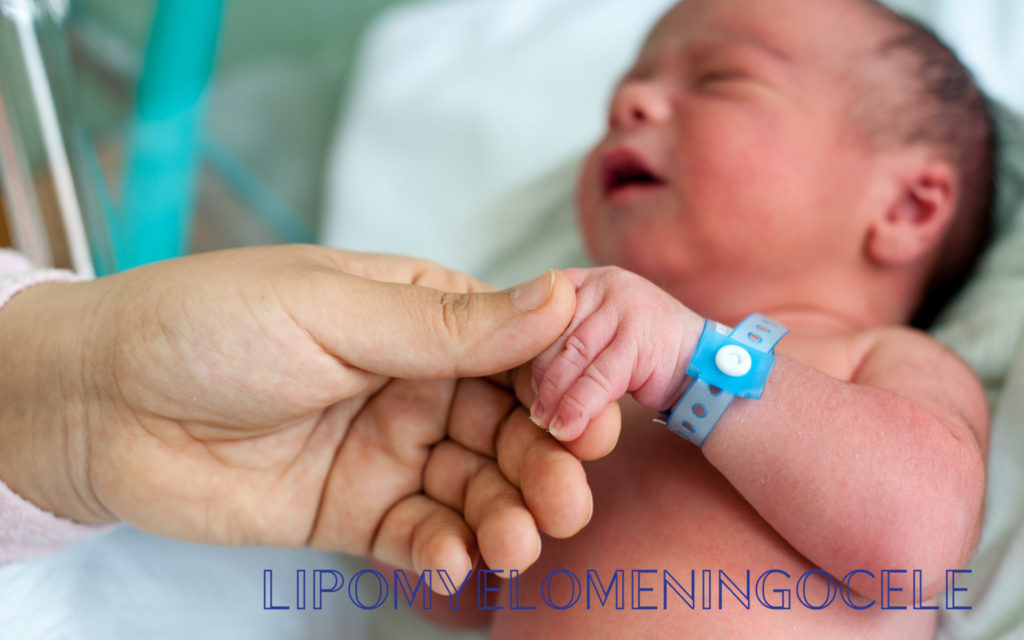
A lipomyelomeningocele is a birth defect, meaning that it is present from birth, that affects the spine. A lipomyelomeningocele is usually in the middle of the back and is a fatty mass under the skin. The mass is attached to the spinal cord; this can usually be seen as a large lump covered with skin.
It is an extremely rare condition occurring in only 3-6 out of 100,000 births; research suggests that it is slightly more common in baby girls. This condition develops within the early stages of pregnancy, during the 4th to 6th week. The cause is unknown, however, is it known that it is not related to genetics or lack of folic acid during pregnancy.
Diagnosis
A lipomyelomeningocele will usually be diagnosed at birth. It is usually picked up by an abnormal fatty lump, birthmark, fat pad, hair growth or dimple. Most babies will need an MRI scan to have a clear view of the spinal cord and any other abnormalities that may have occured.
Treatment
Most babies will need to have surgery to repair the lipomyelomeningocele, this will usually be done before the age of 1. Unfortunately, in some cases, the spinal cord can become tethered as your child grows and lead to some neurological damage, such as problems with movement or bladder and/or bowel dysfunction.
The procedure that is used to treat a lipomyelomeningocele is called a laminectomy. A small bit of vertebrae is removed, giving access to the spinal cord. The fatty mass is then removed and the incision mark closed.
In some rare cases, there will be no visible abnormality or symptoms. For these patients they may not have a diagnosed until later life, usually found incidentally when looking at something else. If you have no symptoms then it is unlikely that you will need to have surgery, unless it becoming problematic later on in life.
This article is intended to inform and give insight but not treat, diagnose or replace the advice of a doctor. Always seek medical advice with any questions regarding a medical condition.


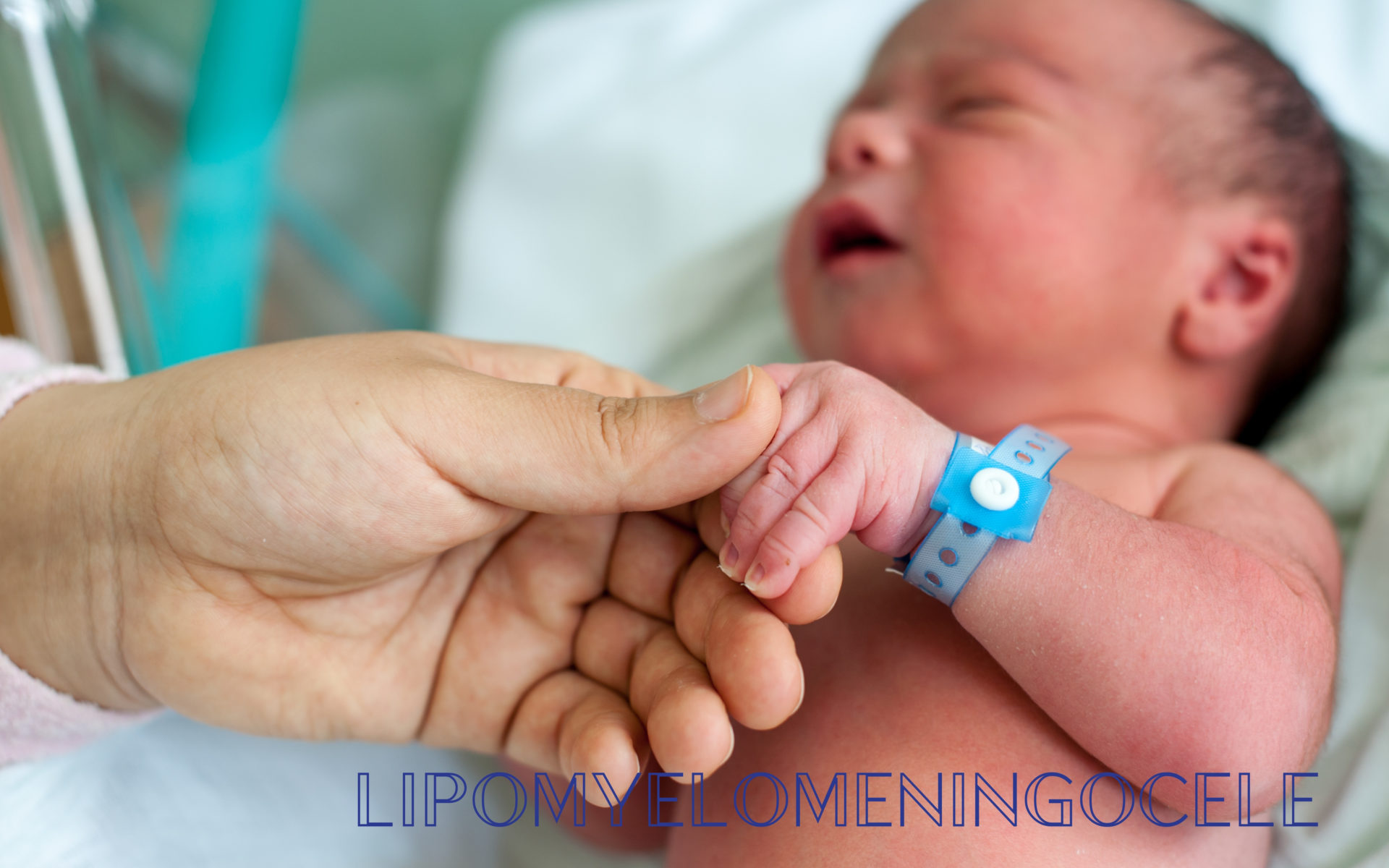
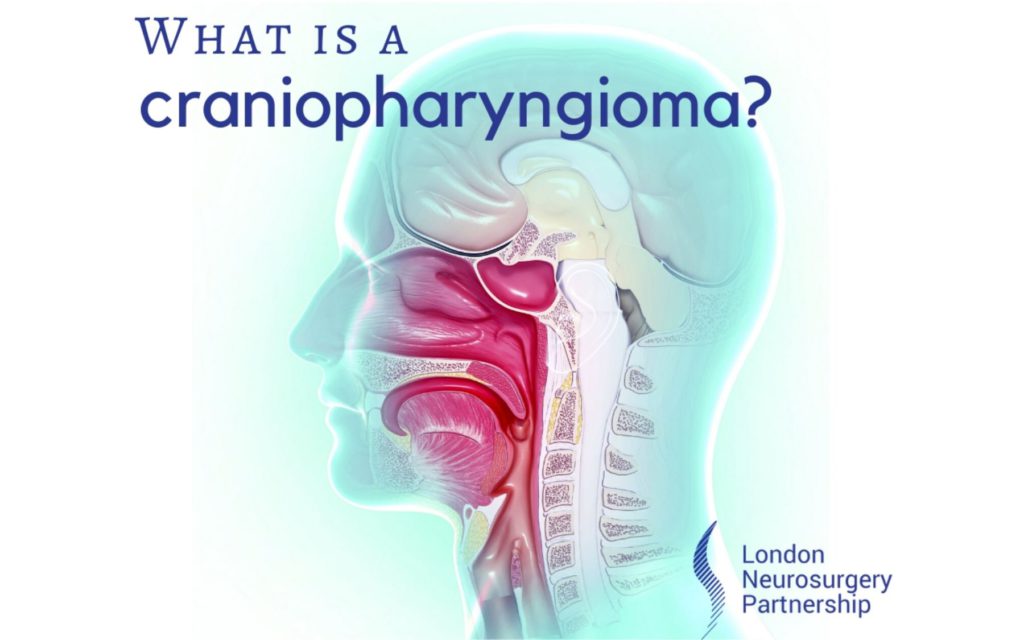
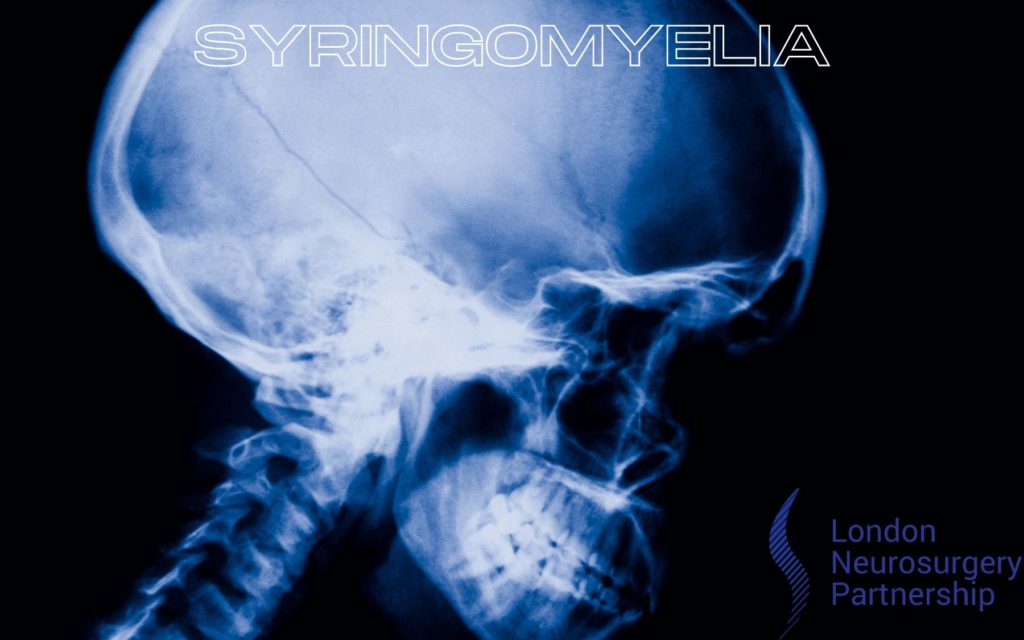
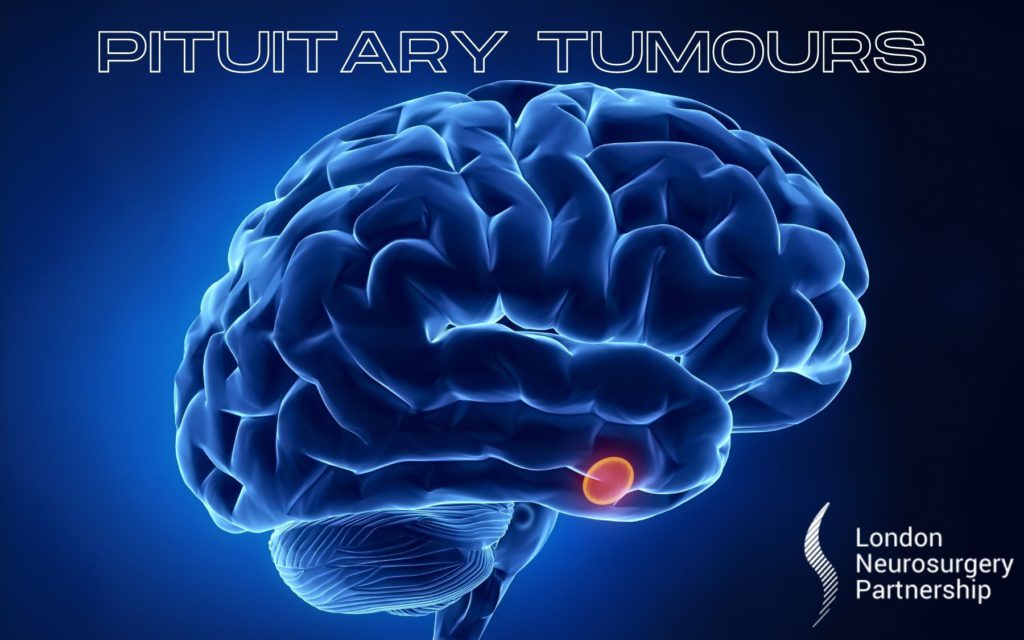
0 Comments